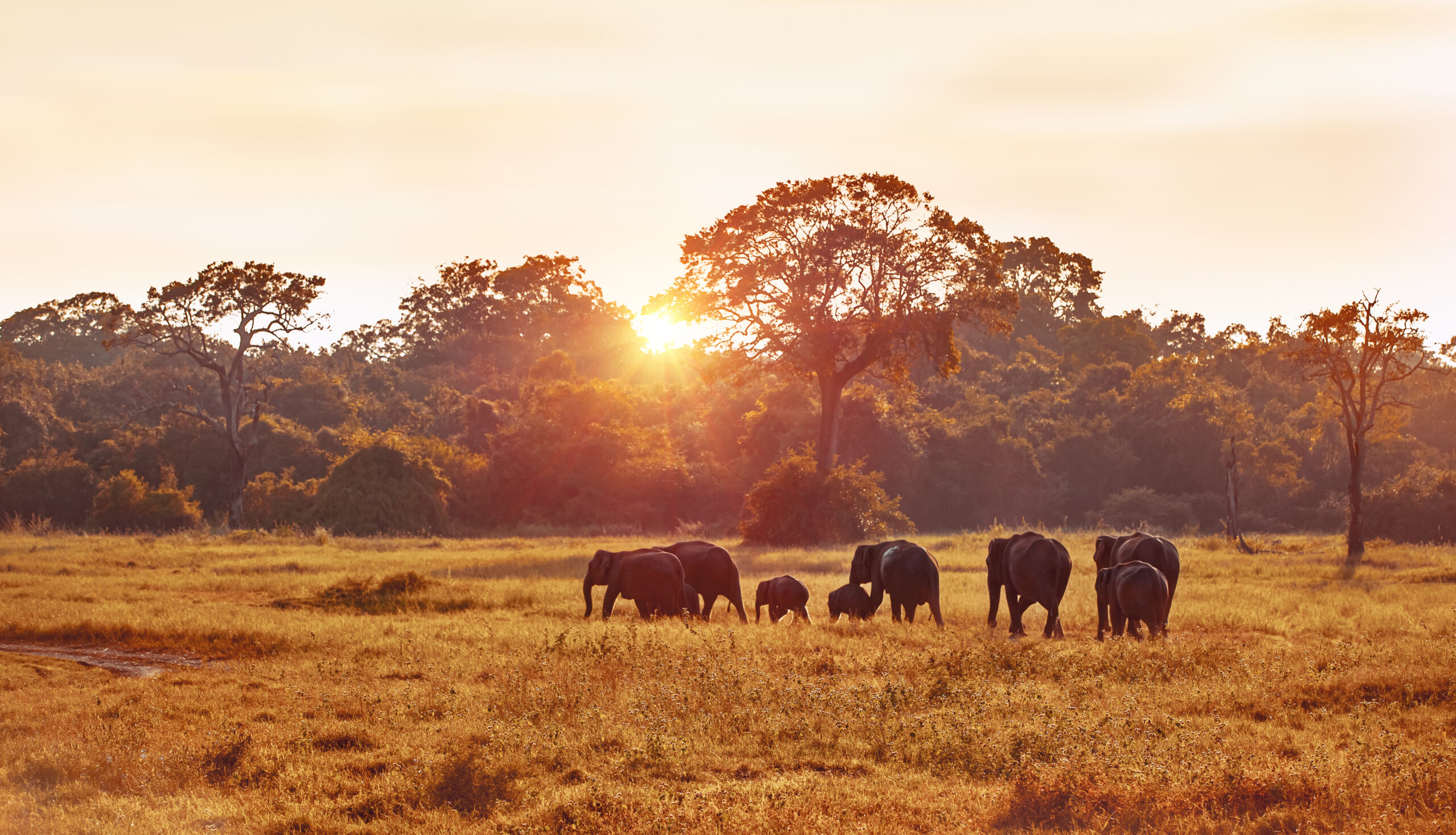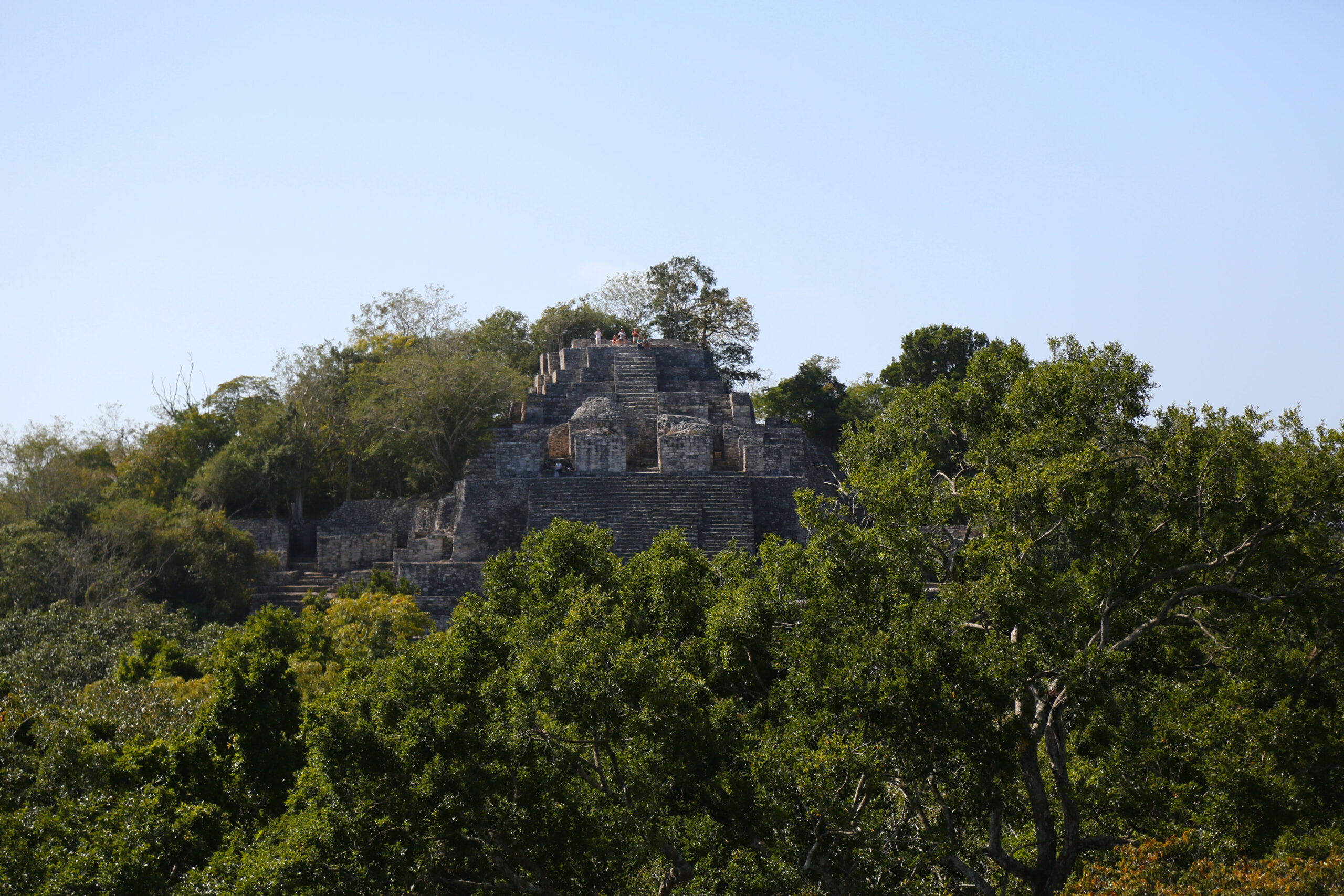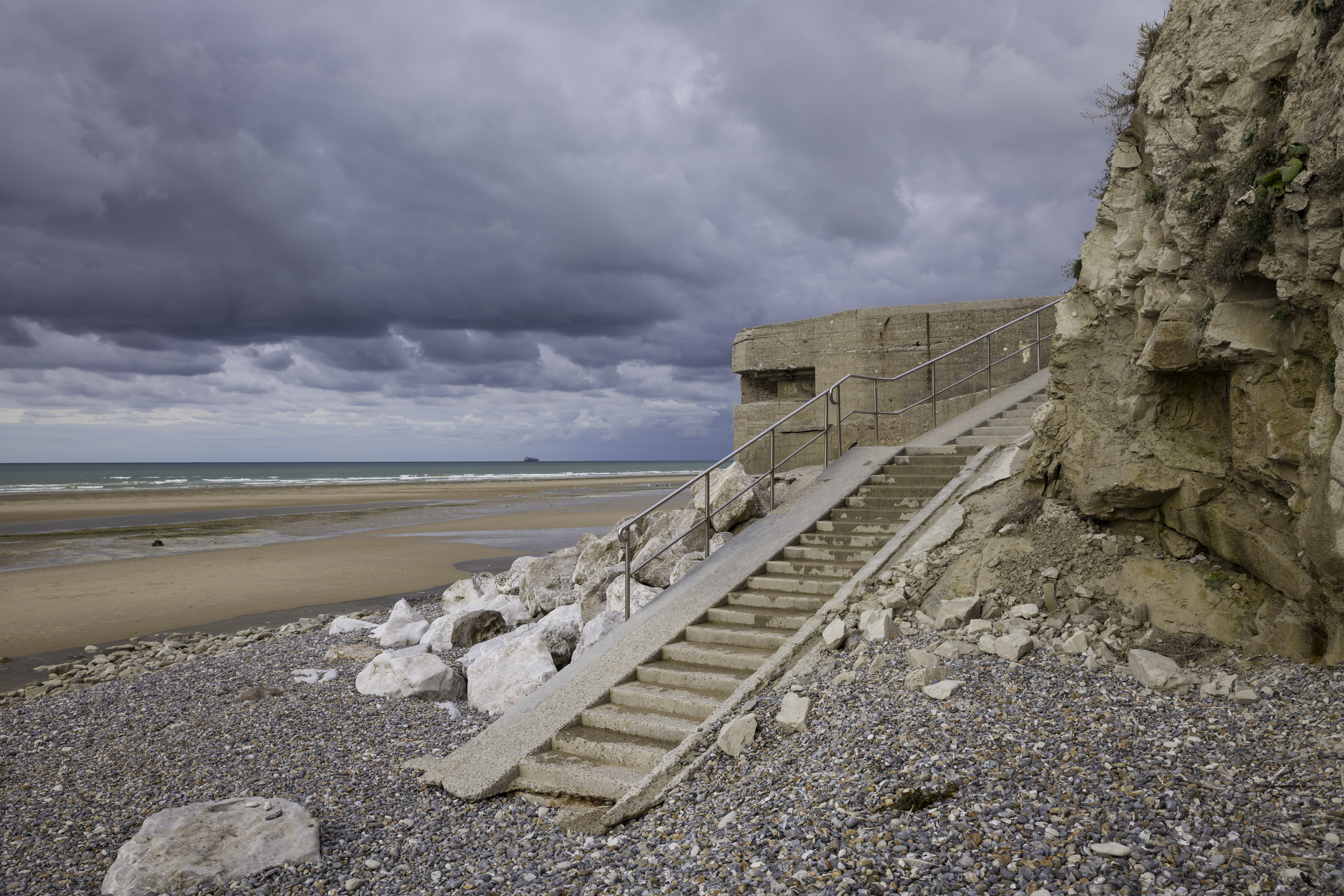THE MIXED GRASS AND WOODLAND OF THE TROPICS.
The vast open country of the tropics. A patchwork of trees and shrubs on a bed of grass. A place of deluge and drought. It dominates the continent at the centre of our world, and of all the world’s habitats, this one supports the earth’s most famous wildlife. The home of the safari. This is the Savannah.
Description and Dynamics
The tropics of our planet have two habitats that are instantly recognisable to us. The first of these we have already covered – the tropical rainforest. The other, much drier one is that of the tropical savannah. Spreading out over vast plains across three continents, the Savannahs of the tropics make up for any lack of biodiversity compared to their richer rainforest cousin in sheer quantity of large mammalian wildlife, feeding on the endless grass, and on the animals that eat that grass.
When many of you think of Savannah, you probably think of vast uninterrupted plains of grass, such as the Serengeti so often shown on our TV screens in wildlife documentaries. But Savannah is in fact a mix of trees, shrubs and grasses. Annually, between wet seasons, conditions of severe drought limit the forest development, widening the gap between trees, and allowing plenty of light to reach the ground. This leads to thickets of shrubs or extensive grass cover to fill in the gaps. And as in the adjoining tropical seasonal forests, trees here survive the dry season by dropping their leaves.
The Koppen climate type that dominates these regions is named after this biome – Tropical Savannah, so closely do the regions match in geographical extent.

Savannah is not just open grassland, but also a mix of trees and grass

The Tropical Savannah Koppen climate type is so named as it closely matches in geographic extent the Savannah biome
If we consult our Holdridge Lifezones chart, we can find savannah to the left of tropical forests, where overall rainfall is reduced, and where it is described as either thorn steppe or woodland, or very dry forest. But this chart tells only half the story, as it is the drought of the long dry season in these areas, rather than the overall amount of rain, which influences their character most strongly.

In the Holdridge Lifezones chart, Savannah can be found as Thorn Steppe / Woodland, Thorn Woodland and Very Dry Forest

Savannah exists only in tropical areas where there is a marked wet and dry season

Savannah is really a transition zone between Tropical Forests and Scrubland or Desert
Savannahs are really transition zones between the verdant rainforests of the tropics and the parched hot deserts of the subtropics. They don’t suddenly begin or end, but rather merge into the tropical forests on the wetter side, and into scrubland on the drier side. The amount of tree canopy cover percentages that determines whether the land can be referred to as Savannah is subjective, but can be anywhere between 5 and 80%.

Global distribution of the Savannah biome
With such extensive dry seasons in these parts, it’s no surprise to find brushfires here. In fact all the plant species have evolved to survive regular fires in various ways. Such is the effect of fire, that it is believed many of the world’s savannah regions have developed as a result of human fire activity over many thousands of years, where, without this, tropical forests would have been present.
Where in the world do we find Savannah?
If we apply the strict definition of a natural mix of trees, shrubs and grass, then savannah occurs in temperate and subtropical latitudes as well as the tropics. But these areas are relatively small compared to the tropical savannah that dominates the tropics, in South America, Australia, and above all, Africa. I’ll mention a bit more about these other areas in the chapter on Grasslands. But for now, we’ll continue our focus on the tropics.
Region by region, then, Savannahs are found in the Americas, in isolated strips in southern Mexico, some Caribbean islands, in particular Cuba, and in Southern Florida, where, in fact, the Everglades are a flooded form of Savannah.

The Everglades in Florida are in fact a form of flooded Savannah

Venezuela has extensive Savannah in the central part of the country. Image courtesy of Pedro Matute

Brazil has some of the most biodiverse Savannah in the world. Image courtesy of Ricardo Madeira de Albuquerque

Much of the ‘Outback’ in Eastern Australia is Savannah
South America has more extensive Savannahs, including most of the central part of Venezuela, while central Brazil has vast areas of broken woodland, in what is known as the Cerrado. The Brazilian Savannah is the most biodiverse in the world, with an estimated 800 tree species alone.
Skipping over to Australia, and we find extensive parts of the Outback in the form of broken woodland, shrubland and grassland that meets the Savannah definition, as a wide transition zone spreading across the north and east of the island continent, between the coastal forests and the parched desert interior. Species transition gradually from tropical varieties in the north to more temperate forms in the south in the area shown on this map.
And last, but not least, we come to Africa, the place that comes to mind with most of us when we hear the word Savannah. This continent is dominated by this biome, extending in a wide band across West Africa through to Ethiopia in the north-east. This band follows tight lines of latitude, classically representing the transition between the equatorial forests to the south and the vast Sahara desert to the north. In East Africa, the presence of wide plateaux across the equator leads to drier conditions and the formation of the most famous of all savannahs, the Masai Mara of Kenya and Serengeti of Tanzania.

Classic broken tree-and-grass-scape in Mali, West Africa

The famous Masai Mara Savannah in Kenya

Fully open Savannah in Masai Mara, Kenya
South of the equator and these savannahs spread out around the south of the Congo rainforests to cover Southern Africa from coast to coast, with only the deserts of the south-west being exempt. The wet and dry seasons across these regions extend also into Madagascar where, as always with this island of unique biodiversity, a Savannah exists here in a form unlike any other.

Aerial view of Savannah in Eastern Namibia

Elephants in the Savannah ‘bush’ of Eastern South Africa

Aerial view of broken tree and grass Savannah in South Africa

The alien landscape of baobab trees in Madagascar. Image courtesy of Rita Willaert
Species
Species of trees, shrubs and grasses vary by continent. In the Americas the most common broad-leaved trees are Curatella, locustberries, maricao cimarrons and Bowdichia, while Copernia and Mauritia palms are commonly found in more flooded areas. Cutgrass and bahia grass are among the more common ground coverings.

South American Savannah plant species 1

South American Savannah plant species 2

South American Savannah grass species
In Africa, the most iconic of all Savannah trees, the acacia and the baobab are commonly found over wide areas, with Acacias dominating in the East, and Baobabs in the South and Madagascar. Bushwillows are most common in the West, while sturdy Borassus palms are found in many places. Brachystegia are found in wetter savannahs, while drier areas are often dominated by thickets of thorny shrubs. Ground coverings include bluestem, thatching, elephant and kangaroo grasses.

African Savannah Acacia and Baobab

African Savannah Bushwillow and Borassus

African Savannah Brachystegia tree

African Savannah grass species
Australian Savannah is, unsurprisingly, dominated by Eucalyptus trees, which retain most of their leaves throughout the dry season by a special adaptation. Acacias and baobabs, however, are also found in North-Western parts. Tall spear grass and shorter kangaroo grass form the understory of large areas of moist savannah, while prickly spinifex grasses are prominent in more arid regions.

Australian Savannah Eucalyptus

Australian Savannah Baobab

Australian Savannah grass species
Dare we mention fauna? Although this series is about the botany across Earth, no mention of the Savannah can go without its greatest claim to fame, that of huge volumes of large mammalian species found in particular in that continent of the safari, Africa. The presence of extensive grasslands provide feeding grounds for vast herds of elephants, rhinos, giraffes, wildebeest, zebras, buffalo and antelope. And with such herds, predators follow, in the form of lions, cheetahs, hyenas and African wild dogs. Nowhere else on earth do we find such a rich quantity of large animals, and this, more than anything, is perhaps the Savannah’s greatest gift.
Coursework Questions
- Is Savannah just grassland? Describe what it actually is.
- What type of climate results in Savannah landscapes? Mention both temperature and rainfall patterns.
- Savannah is really a transition zone between what other biomes?
- List some countries and regions where Savannah can be found.
- List some Savannah plant species. Include both trees and grasses.
- What types of animals do we find in the Savannah?





